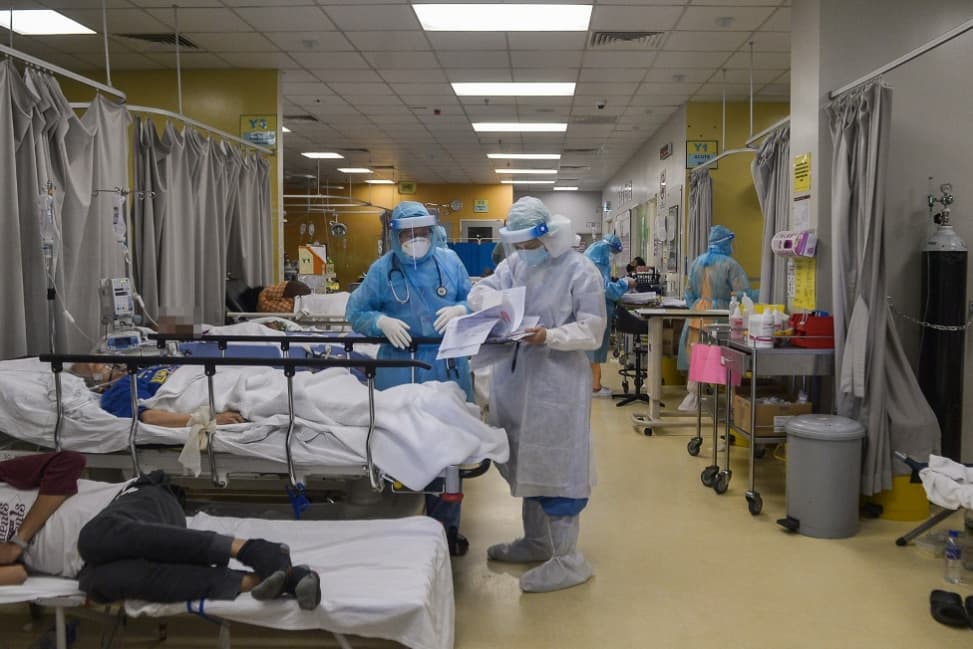Date: December 10, 2024
Malaysia is grappling with a significant rise in medical cost inflation, which surged to 12.6% in 2023, more than double the global average of 5.6%. This inflation has placed immense pressure on both public and private healthcare systems, driven by advancements in medical technology, the prevalence of non-communicable diseases (NCDs), and an aging population.
Private Sector Challenges
The Association of Private Hospitals Malaysia (APHM) attributes rising costs to expensive technological upgrades and infrastructure improvements. While private hospitals offer voluntary treatment options, high costs often deter middle- and low-income patients, pushing them toward public healthcare.
Public Sector Struggles
Budget constraints have hindered the expansion of public healthcare services, leading to overcrowding and long wait times. Rising medical costs, coupled with a surge in NCDs, have strained government resources, with NCD management consuming twice the national health budget.
Economic and Social Impact
The inflation has disproportionately affected lower-income groups, increasing out-of-pocket expenses and leading to treatment non-adherence. This exacerbates health disparities and risks higher disability rates and premature deaths. Additionally, limited resources for preventive healthcare threaten workforce productivity and economic growth.
A Call for Collaboration
Experts suggest public-private partnerships to alleviate these challenges. By fostering cooperative relationships, Malaysia can address its dual healthcare system’s growing demands while ensuring better access and affordability for its citizens.
Source: Malay Mail, Malaysia’s soaring medical inflation.

